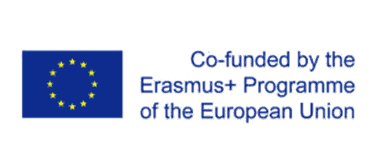Published on LinkedIn by Irena Lovrenčič Držanič Technical Associate (Institute of Media Communications - UM).

Employers often complain that there is a growing gap between their expectations and the soft skills reality. Adequate skills levels would make PhDs more employable but also improve their work environment. According to research, only 35% of companies think new employees have adequate levels of hard and soft skills1.
Employees with well-developed soft skills can communicate with colleagues easier and are good team workers. The latter is especially important as employers want to employ candidates who show the ability to work with others since this means the team leader has a lower chance of needing to settle disagreements between coworkers.
Why the lack of soft skills is an issue
As we can see, lack of soft skills can seriously impair your job searching process or your chances of being promoted to leadership positions. In a survey done by Wall Street Journal out of nearly 900 executives, 92% of them said soft skills are equally or more important than technical (hard) skills. However, 89% said they have difficulties finding employees with these skills2. Similar results were shown in other studies.
|
Skills most often lacking in employees (according to employers):
|
On the other hand, students and new employees often do not feel their skills levels are insufficient. The majority does not see issues with their communication skills, critical thinking or teamwork skills, even though employers cite these skills as lacking the most.
How to train soft skills
Soft skills are not traditionally taught in schools and Universities as people usually learn them through interaction with classmates and coworkers. Teaching soft skills is difficult as they are heavily dependent on personality traits.
Past experience shows that online courses are a great way of training soft skills as the content is available at all times and from multiple devices. Most commonly used are interactive materials, such as videos, quizzes, interactive textbooks and forums that allow participants to express themselves during the learning process.
Universities can help bridge the skills gap by providing soft skills training as part of the curriculum. Another opportunity is on-the-job training, such as spending a certain period on international mobility in the industry. This is also a great opportunity for companies to get to know potential employees and see if they would fit the work environment. Companies can also offer mentoring to further improve the candidates’ hard skills (technical knowledge), which is sometimes inadequate in the educational system.
______________________________________
1 https://www.ecampusnews.com/2019/02/14/higher-ed-address-soft-skills-gap/
2 https://www.uschamberfoundation.org/sites/default/files/Closing%20the%20Soft%20Skills%20Gap.pdf


